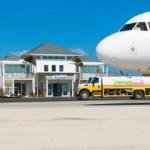“Concorde was my private jet”: Interview with Graham Stephenson
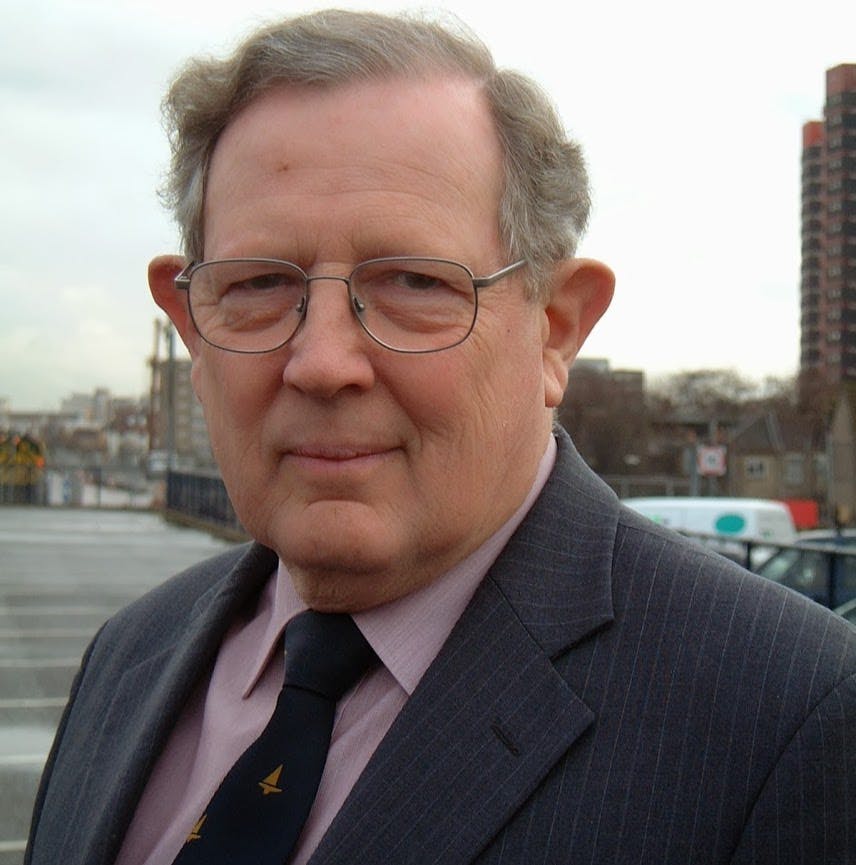
With 57 years in aviation, half of that in business aviation, Graham Stephenson is passionate about the importance of the ground experience for corporate and private jets.
In his role as an IBAC accredited IS-BAH Auditor, he checks out business jet terminals around the world for safety and “best practice” handling operations.
He also shared with us some highlights from his extensive aviation career: including piloting the Tiger Moth; landing his Cessna 172 aircraft at London City airport; and having Concorde as his very own private jet for the day to take him and his family to Jeddah.
What makes a great FBO?
Like any service industry, a good FBO (or private jet terminal) is about the people who work there. I’ve set up and run FBOs all over the world, and the interview process to find the right staff is crucial. Then investment in training is the key to keeping standards high. There needs to be a commitment from the management to fully support the varied activities that a FBO has to perform (including flight preparation fuelling, security, ramp services, catering), employing the highest possible levels of safety and dedicated customer service.
You now audit FBOs for the IS-BAH standard – what does this involve?
IS-BAH (International Standard for Business Aircraft Handling) was launched by IBAC in July 2014, as a set of global industry best practices for FBOs and ground handlers that features at its core a Safety Management System (SMS). IS-BAH was designed to meet the coming requirements of the International Civil Aviation Organization (ICAO) and typically it takes anything from 6-12 months for an FBO to be ready for the audit, depending on what they have in place already. Processes and procedures are important, but ongoing implementation is imperative. So after two years the company is then re-visited by an auditor, to check that the planned Safety Management System is working in practice.
Currently eight in total have achieved the IS-BAH standard – four of which are in Europe. Others are in the pipeline, and interest is growing as the status becomes better known and internationally recognised. (Read more: Inflite Stansted is first UK FBO to reach IS-BAH standards.)
Big brands or independent FBOs – what’s better?
I think small FBOs, especially when run as a family business, are more likely to have their priorities in the right place. Like other successful family businesses, staff will go the extra mile with a strong sense of loyalty and pride in doing things properly. There are also many examples of this being achieved in the larger FBO chains as well, where the advantage of shared experiences and bigger resources are an advantage – but big or small, it all comes down to the people who provide the service.
I remember an early FBO run by a husband and wife out of a portacabin. Crews would talk about this as the best FBO to use, how well they were looked after, how the service was second-to-none. I think their excellent bacon sandwiches also helped their reputation a lot!
Many airports have several FBOs, so what dictates choice?

It’s about pleasing all three main customers – the aircraft operator, the crew, and the passengers. Business aviation is about delivering a seamless transition from ground to air and this needs excellent co-ordinated teamwork. I don’t think the business aviation customer on the whole, is that concerned or aware about FBO choice. But that changes, of course, if the customer service is not up to scratch. So an FBO really does have to get it right first time, and please all of its customers. A FBO that can arrange for the passengers to be driven direct to their aircraft will usually have a favourable advantage with customers, which is sometimes possible.
What do you think is the biggest challenge for business aviation now?
I think we are still battling with a perception problem – we need it recognised that private jets are not only for the rich and famous. They are of course, used by many high profile people (which makes great headlines) but they are also used as a business efficiency tool. Organisations want the best possible return on investment for their most senior staff, and corporate aviation can deliver that. To grow the industry, we need to break down some of the barriers, for example by making charter pricing and booking more accessible.
Where is your favourite airport?
I’ve worked and travelled all over the world. But my favourite airport is London City Airport, where I set up the Jet Centre. Its proximity to London is its key location advantage, but it adds to this with speed and excellent delivery. In the main terminal, it has queue sensors which trigger alerts to the control room for quick resolution, when there is a bottle neck. This ensures that customers transit through as quickly as possible. The same fast track philosophy applies to the Jet Centre with its 90 second departure and arrival promise.
I had the thrill of landing at London City myself, in a Cessna 172 back in 2004 when I worked there and had my PPL. I am very proud to have LCY in my pilot’s logbook!
What are your favourite aircraft?
I would have to say Concorde. When British Airways were running a series of Concorde flights between Jeddah and London in 1993, I was COO of Jet Aviation Saudi Arabia and had just built Jet Aviation’s first FBO in Jeddah. What better promotion could there be than handling a series of Concorde flights for British Airways through the new VIP facility. The aircraft was positioning empty so BA agreed to take me and my family on the empty aircraft – the ultimate empty leg in fact. Concorde even got clearance from Egyptian ATC to continue supersonic across Egypt, taking us from London to Jeddah in 3 hours.Not many people can claim Concorde as their own private jet for the day and have it park outside their office!
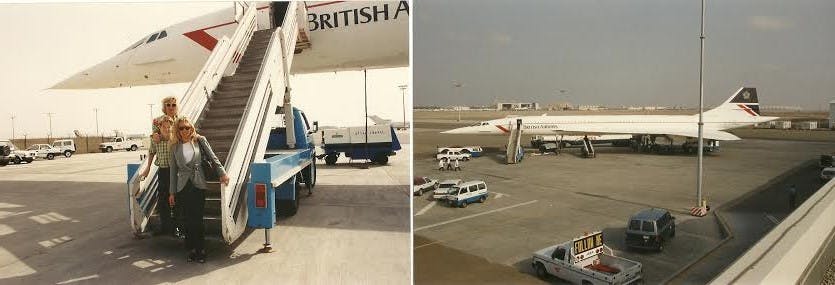
The other aircraft is the Tiger Moth (in which I learned to fly in 1957, having won an RAF flying scholarship). No other pilot experience of mine beats performing a steep side slip in a Tiger Moth into a farmer’s field in a simulated emergency landing, and at the last minute correcting to a three point landing attitude and landing without any bumps. In 1957 we were allowed to land in farmers’ fields!
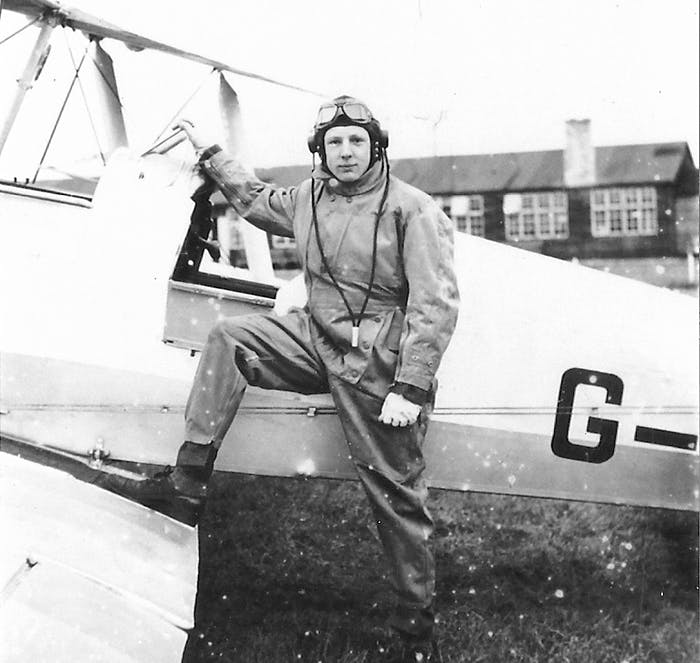
I have always viewed the Gulfstream as the Rolls Royce of Business Aircraft because they were the first to set that high standard. For today’s business aircraft, I think the Global family are extremely impressive, but I also like the versatility of the Piaggio Avanti, as well as the awesome speed of the Citation X.
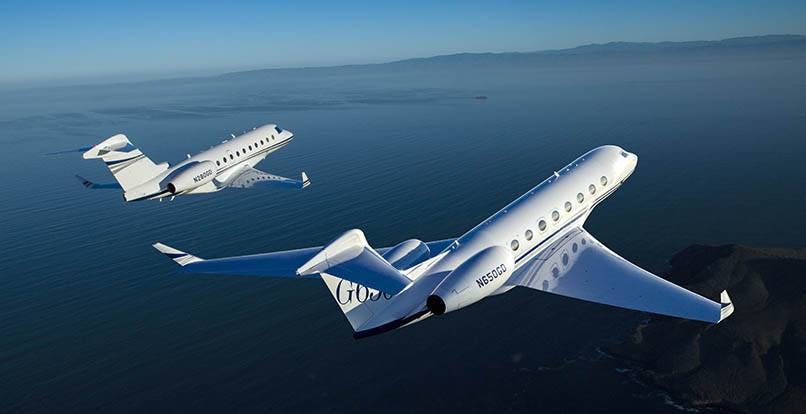
PrivateFly has a network of 7,000 charter aircraft globally (although sadly Concorde is not one of them). For further details about which FBO or private jet is right for your flight, contact us or call PrivateFly 24hrs on +44 (0) 1747 642 777
Related content
